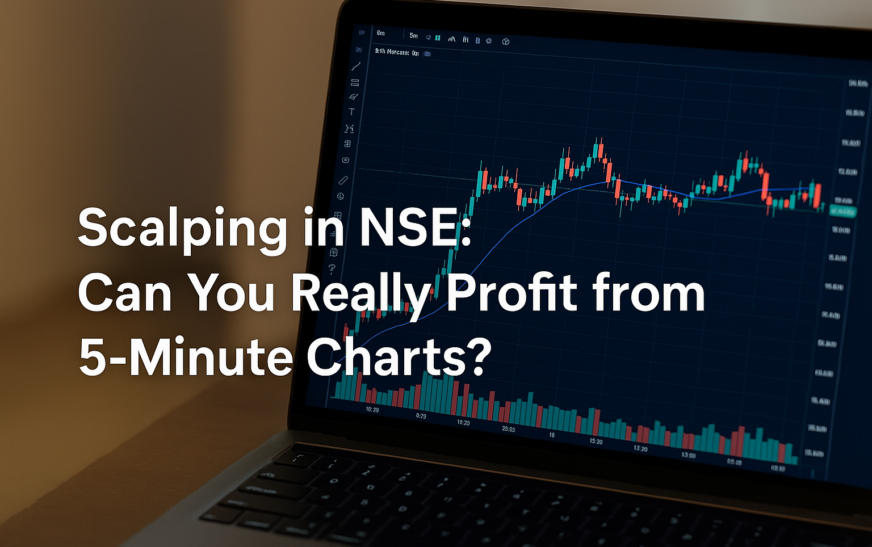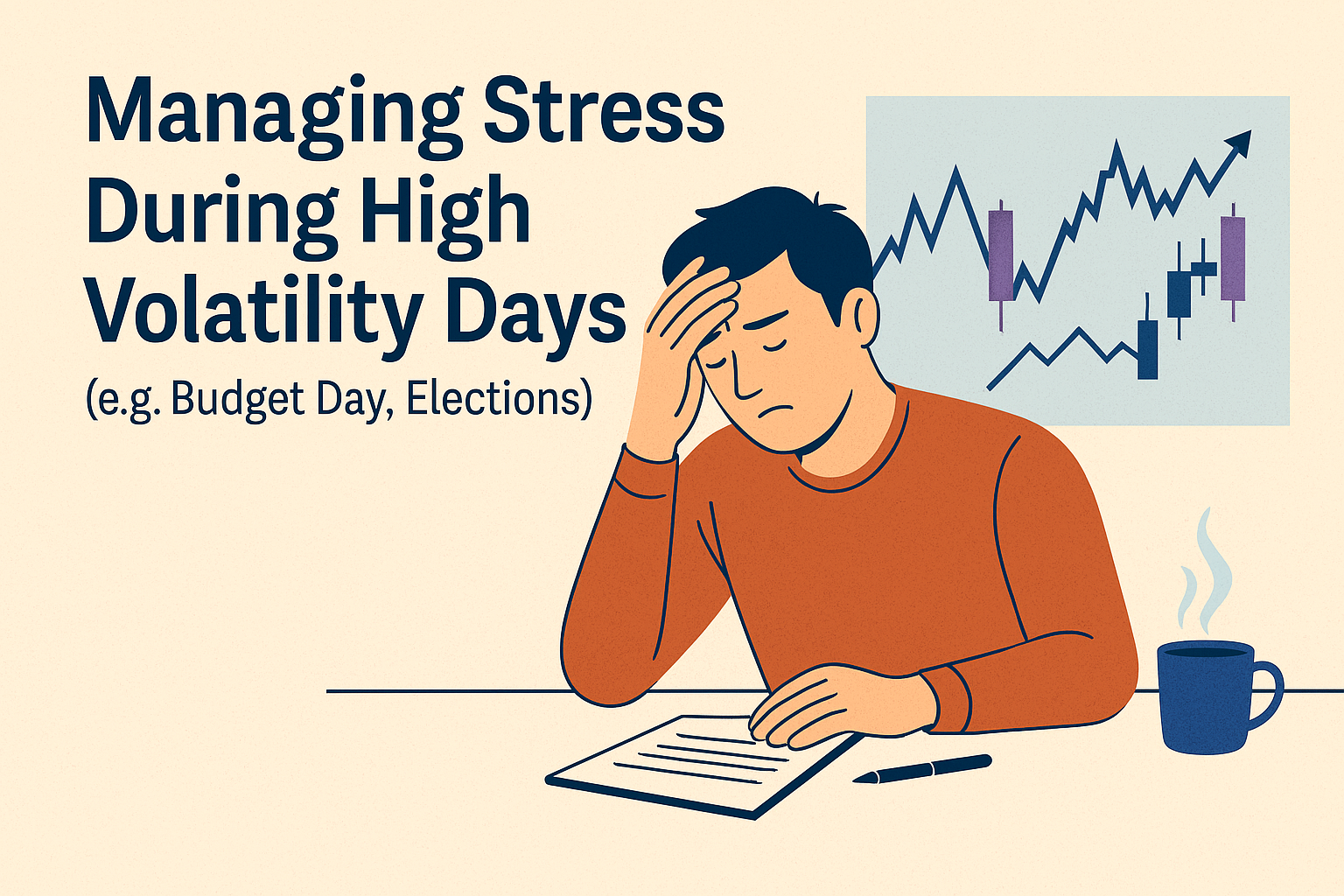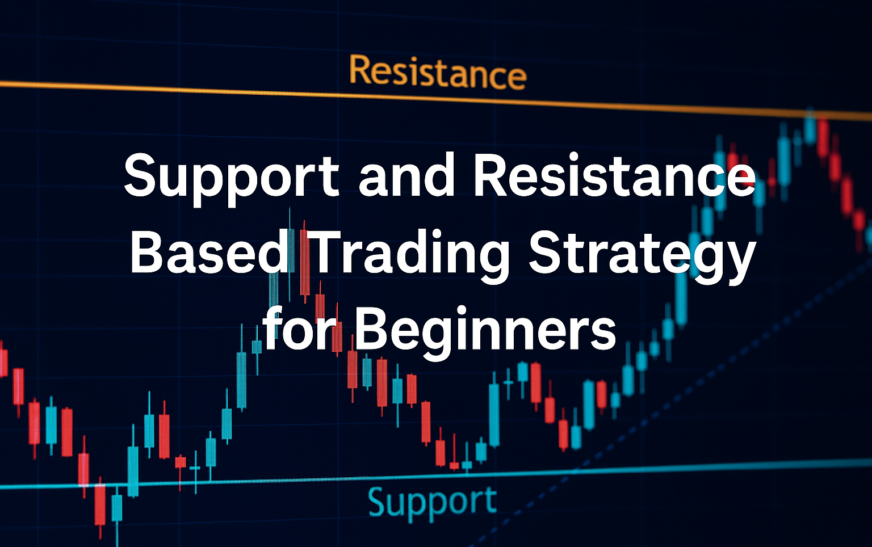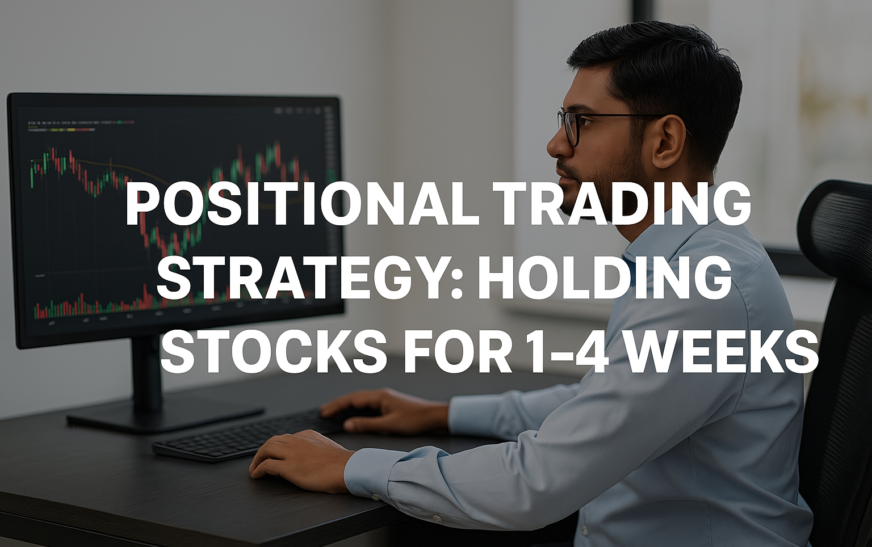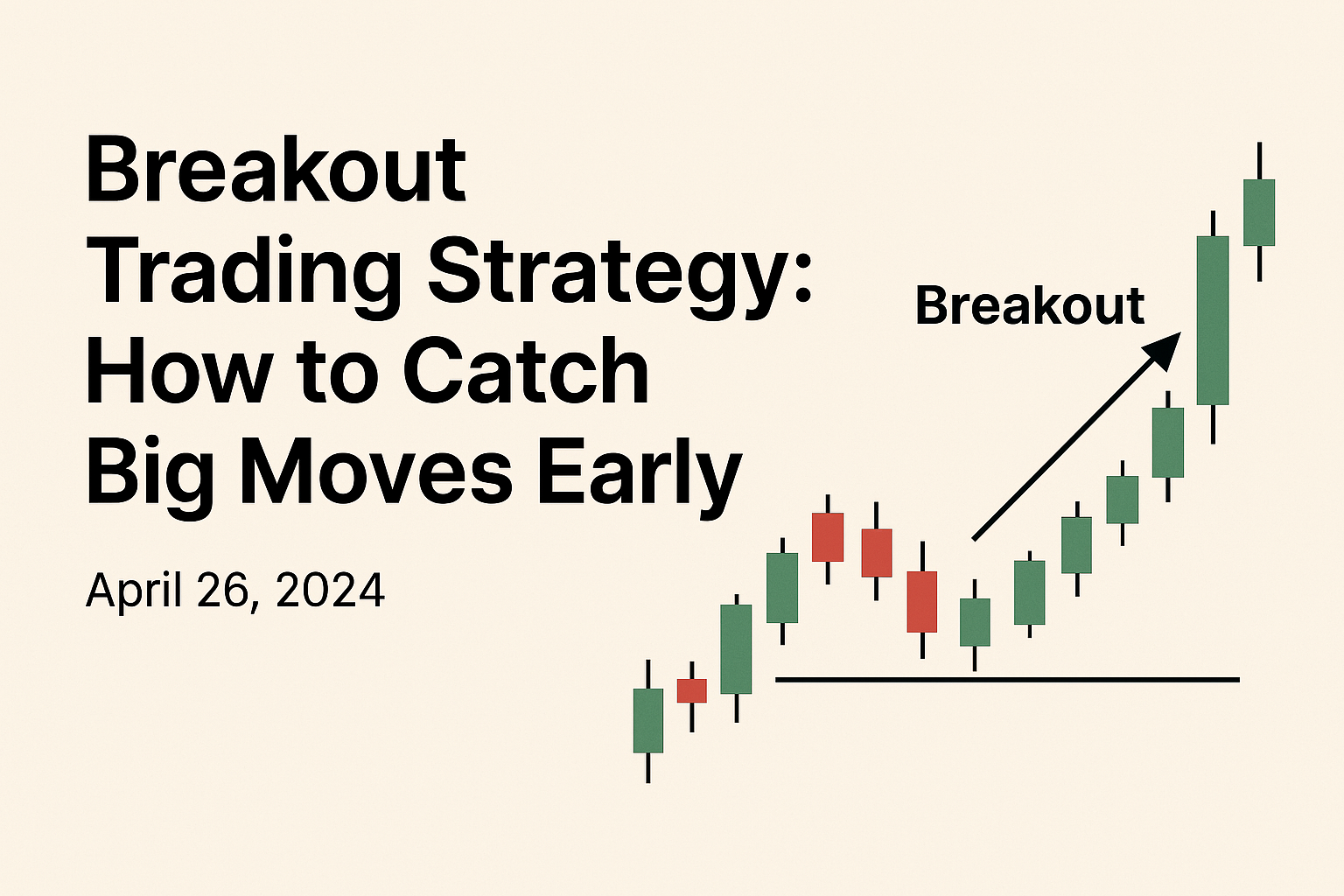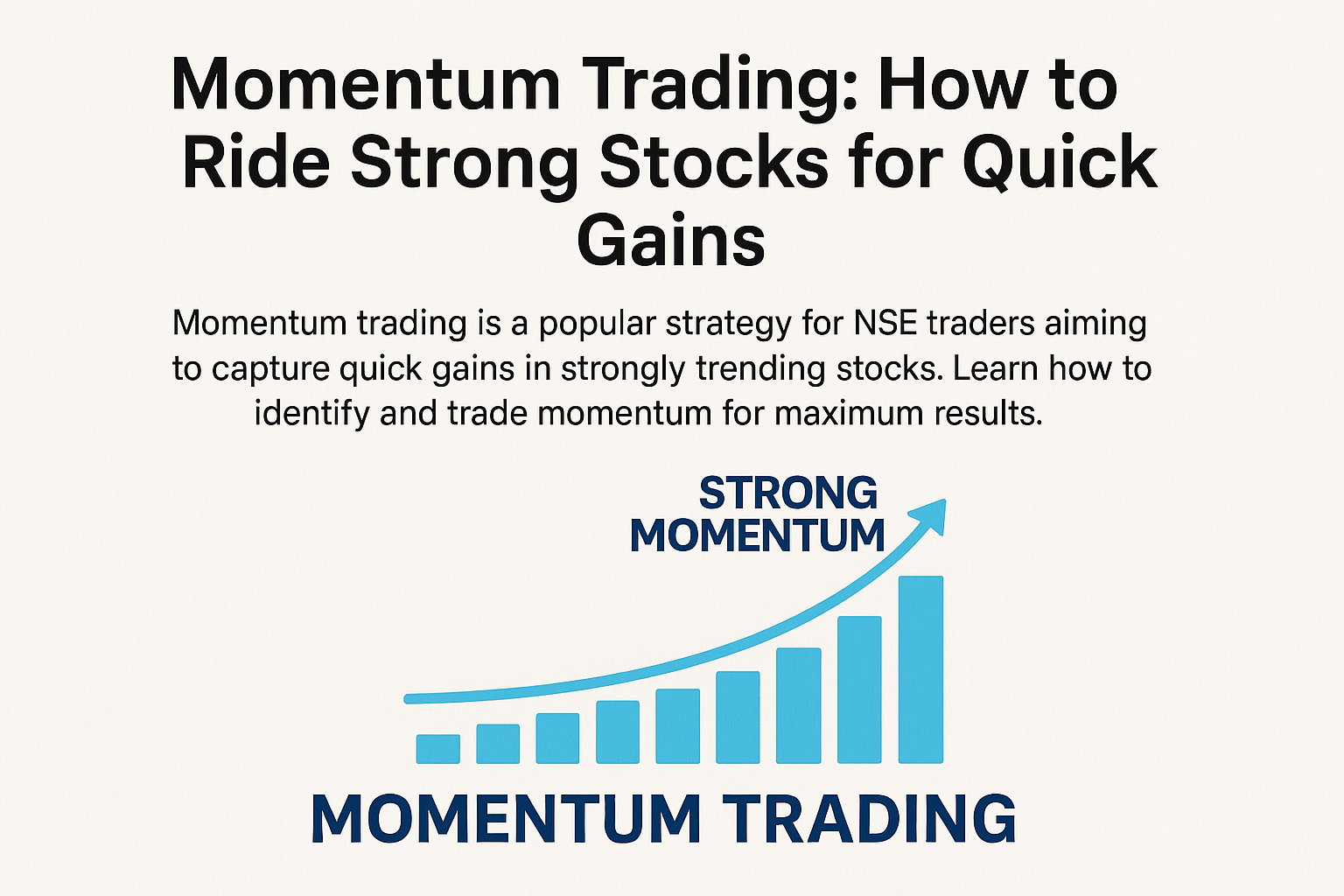Introduction
Scalping is often seen as the most aggressive and fast-paced style of trading. It involves taking multiple trades in a day to profit from small price movements—often using charts as small as 1 to 5 minutes. But can it really work in the Indian market, especially on the NSE? In this article, we’ll explore what scalping is, whether it’s realistic for retail traders in India, and how to approach it smartly.
What is Scalping?
Scalping is a short-term trading strategy where traders make dozens of trades daily, aiming for small profits (typically 0.3%–1% per trade). The idea is to stack small wins that compound over time.
Scalpers typically use 1-minute to 5-minute charts, and rely on price action, technical indicators, and volume to make ultra-fast decisions.
Is Scalping Legal in India?
Yes, scalping is completely legal in India. However, you must have a trading account that allows fast order execution, preferably with zero or low brokerage per trade, and a stable internet connection. Also, intraday traders must follow SEBI’s margin requirements and leverage rules.
Scalping in NSE: Pros and Cons
Pros:
- Multiple opportunities daily
- No overnight risk
- Can be profitable in both trending and range-bound markets
- Quick feedback on strategy performance
Cons:
- High emotional and mental pressure
- Requires fast execution and decision-making
- Higher brokerage, taxes, and slippage if not managed well
- Difficult to maintain over long periods without discipline
Best Instruments to Scalp on NSE
- Bank Nifty Futures or Options – High liquidity and volatility
- Nifty 50 Index Options – Especially during the first and last hour of trading
- Highly liquid stocks – Reliance, Infosys, HDFC Bank, etc.
- FinNifty and Sensex Options – For experienced traders
Basic Scalping Setup on a 5-Minute Chart
Indicators:
- 9 EMA and 21 EMA crossover
- RSI (for overbought/oversold confirmation)
- Volume spikes to detect strong price moves
Entry Criteria:
- Price breaks above the previous 5-min candle high with volume
- Moving average crossover supports the direction
- RSI not in extreme zones
Exit Criteria:
- Small target (₹2–₹5 for options, 0.5% for stocks)
- Stop-loss placed just below last minor swing
- Exit trade if opposite signal appears
Risk Management for Scalpers
- Risk only 0.5%–1% of capital per trade
- Define the number of trades per day (e.g. max 5)
- Avoid revenge trading—walk away after 2–3 losses
- Use bracket or cover orders for faster execution
Is Scalping for Everyone?
Scalping is best suited for traders who:
- Can focus for 1–2 hours without distractions
- Have quick decision-making skills
- Have access to a low-latency platform
- Are emotionally stable under pressure
It’s not ideal for those who:
- Have a full-time job and can’t monitor the market
- Get emotionally attached to trades
- Prefer slower, trend-based strategies
Conclusion
Scalping on 5-minute charts in the NSE is possible—but it’s not for everyone. It requires sharp focus, fast execution, and strict discipline. If done right, it can deliver consistent profits—but without risk control, it can also lead to fast losses. Start small, journal your trades, and scale only when you’ve proven your edge.

